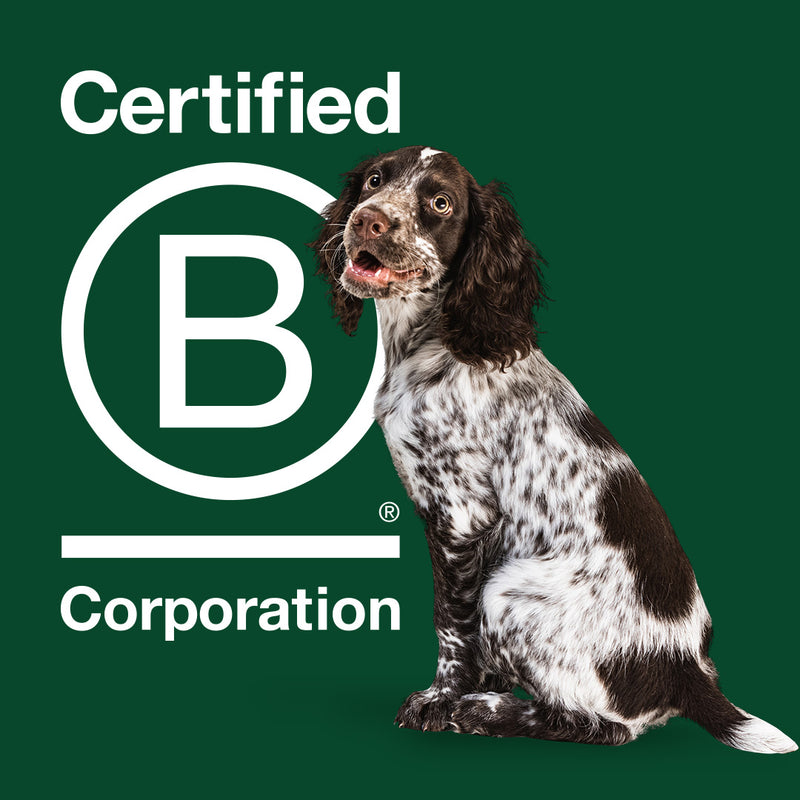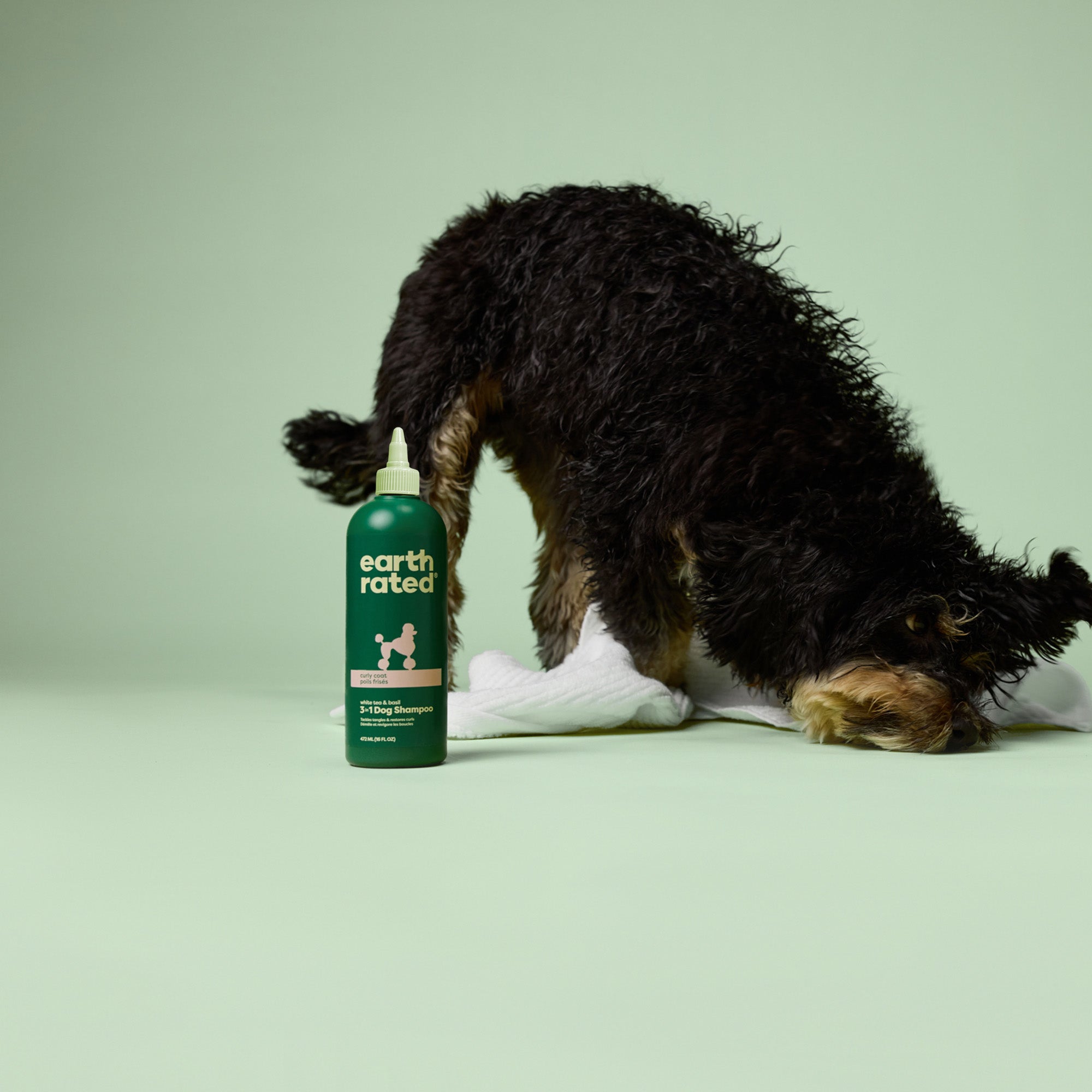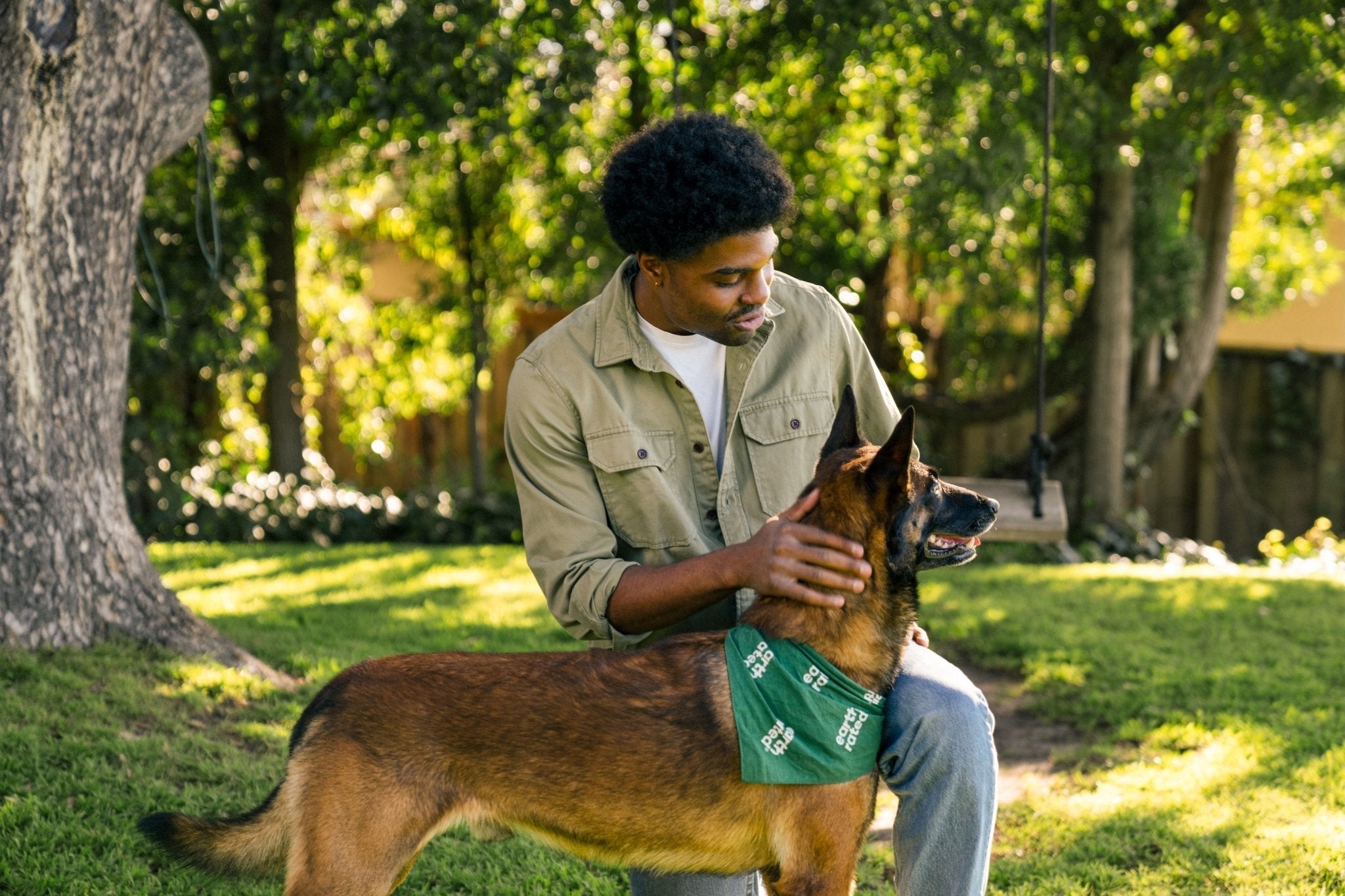There are many ways to train a dog, each with their own advantages and disadvantages. While some prioritize speed, others focus on building a strong relationship between dog and the owner. Clicker training for dogs falls into the latter category.
Clicker training uses a distinct clicking sound to mark desired behaviors, offering a clear and precise communication system for dogs. This can enhance the dog’s learning process by removing any confusion which in turn can help strengthen their bond with their pet parent.
Understanding Clicker Training for Dogs
Clicker training grew out of the science of positive reinforcement. Simply put, positive reinforcement explains that your dog will continue to do things they are rewarded for. If you reward them for a desired behavior (like sitting when you say "sit"), they will continue to do it.
Positive reinforcement training is extremely effective, more so than most other training methods. Dogs behave better when they’re trained using rewards than when they’re trained using punishments. It’s a key part of training a puppy or an adult dog.
Clicker training is different from plain positive reinforcement training because it uses a small device called a clicker. When the clicker is pressed, it makes a distinct clicking sound. The trainer uses this sound to mark the desired behaviors of the dog.
It’s this careful marking that allows for precise communication, which is the main benefit of clicker training.
This process starts with the owner using the clicker sound and the treat. Eventually, the owner stops using the treat, and the clicker becomes a symbol for the reward.
Unlike verbal praise, which can be imprecise in timing, the clicker provides a split-second marker that pinpoints the exact moment your dog performs the desired behavior. This precision allows for unambiguous communication and can lead to faster learning.

Benefits of Clicker Training
Clicker training offers many benefits for dogs and their owners. Let’s examine some of the key benefits:
1. Faster Learning Process
One of the most appealing aspects of clicker training is its potential to accelerate learning. The clicker’s distinct sound is a very precise marker, making it easier to communicate to your dog exactly what you want them to do.
Clear communication is vital for successful training, and clicker training provides that exact benefit. Clicker training has a similar effectiveness to other acoustic signals, like speaking.
2. Strengthening the Bond Between Dog and Owner
Clicker training fosters a positive training experience. The focus is on rewarding your dog for what they do correctly, creating a fun atmosphere around the positive - not the negative, like some other training methods.
This focus reinforces your bond with your dog. It helps build mutual trust and teaches you and your dog how to communicate more effectively together.
3. Flexibility
Once your dog is trained to utilize a clicker, you can use it as a valuable tool for just about any type of training.
For instance, studies found that clicker training makes target-based training easier. If your dog needs to learn to touch anything with their nose or paw, using a clicker can make this process much easier.
Clicker Training vs. Treat Training
Both clicker training and treat training fall under the large umbrella of positive reinforcement but there are key distinctions between the two. Knowing these differences can help you choose the best training method for your needs.
That said, these two training methods are not completely separate. To use a clicker properly, you will need to condition your dog to interpret the clicker sound as a reward, which is usually done with treats.
“Clicker training cannot exist without the use of reinforcement,” explains Aryel Lafleur, an accredited professional dog trainer. “The reinforcement can be treats or toys, but it must be something that interests the dog enough to reinforce the desired behavior.”
Treat Training
Treat training marks a desired behavior by using treats. This training method is very popular and pretty simple. Many books and articles about treat training are easy to find, and training treats are available at most pet stores.
Training with treats isn't always fool-proof. For effective training, you need to reward as soon as the desired behavior is performed, and grabbing a treat in the moment can take time!
Additionally, not all dogs are motivated by food. Your dog might also not be interested in the treats you are offering, so it can take some time to find what your dog likes.
Clicker Training
Clicker training marks a desired behavior by using a clicker. It is immediately followed by a reward, like a treat. The clicker helps encourage communication and eliminates dependence on lures. It’s a great way to eventually have your dog follow commands without the promise of a treat in return.
Clicker training isn’t for everyone, explains Aryel. “When walking a reactive dog it’s already challenging for most owners to handle the dog’s leash, their treat pouch, and feed the dog at the right time and in the right position. Adding a clicker introduces another prop that will keep their hands even busier than necessary.”
She also adds that it’s important to find the right clicker for your dog. A quieter clicker is recommended for noise-sensitive dogs.
Getting Started with Clicker Training
Clicker training can be an efficient way to train your dog. Here’s how to do it as effectively as possible:
1. Choosing Your Clicker
Clickers are now widely available online and in pet stores. They come in many different shapes and sizes. Luckily, the vast majority of clickers are pretty similar, so you don’t need to break the bank when buying one!
You simply want a clicker that sounds clear and consistent. You also want one that’s comfortable to hold and press in one hand.
If possible, try a clicker out a few times before purchasing it. If you plan on doing clicker training, add this to your new dog owner checklist.
2. Introducing the Clicker
Before you can use the clicker effectively, you will need to train your dog to use it. This process is often called “loading the clicker.” First, find a high-value treat that your dog really likes. Make sure the treat is small enough so that you won’t fill your dog up too quickly!
Next, click the clicker and give your dog a treat. Repeat this 10-15 times. Your goal is to create a positive association with the clicker. You want your dog to hear the clicker and think reward. It’s a good idea to do this over several sessions.
3. Start Using the Clicker
Once your dog has started associating the clicker with a reward, you can start using it to teach your dog new tricks. You’ll teach many of these commands exactly like you would with any other positive reinforcement training method. But, you’ll use the clicker instead of (or in addition to) treats.
For instance, to teach your dog how to sit, you’ll need to lure them into a sit position with a treat. As soon as their butt hits the ground, use the clicker to mark the behavior. Then, you can give them a treat as a reward.
Because you’re using the clicker to carefully mark exactly the behavior you’re encouraging, the communication is clearer.
You can use the clicker for just about any command. Simple commands like “sit” and “stay” work well with clicker training, but you can do more advanced commands, too, which we discuss below.

Advanced Clicker Training Techniques
The basics of using a clicker are very, well, basic. But, you can also use a clicker for more complex training needs. Clickers are exceptionally versatile so you can use them for tons of complex commands and behavioral issues.
Shaping Subtle Behaviors
Aryel recommends clicker training, particularly when you want to train in very specific behaviors. If the desired behavior is very hard to catch, a clicker can be useful. Aryel notes that the “sound of the marker (or clicker) will ensure that it’s very clear in the dog’s mind exactly what behavior got him the treat.”
For instance, if you’re trying to teach your dog to bark, it can be hard to catch your dog barking with a treat. When your dog barks, you need to rush and grab the treats. By the time you get back to your dog, they’ve likely already done several other behaviors. It’s impossible for them to know exactly what behavior they’re getting the treat for!
A clicker gets around this. It’s easy to keep it in your pocket so that you can mark the desired behavior as soon as it occurs. It acts as a “bridge” and buys you some time to get the treats.
Fading Lures
Treats are a great way to train your dog. But, they can become tiring over time. You can gradually fade out the use of treats by using a clicker, especially if your dog is particularly stubborn and won’t perform a trick unless they know you have a pocket full of yummy treats!
Start by using the clicker and treats to mark the behavior every time it’s done. For instance, you’d want to “click” and treat every time your dog sits. When your dog associates the clicker as a reward, begin to use the treats less and less. You may start by only giving a treat every other time. Then, slowly stop giving treats altogether.
Instead of communicating that your dog did the correct thing via the treat, the clicker takes the place of the treat.
Clicker Training for Behavioral Problems
Clicker training can also be used to correct behavioral issues. Use it just like you would a treat reward. You want to reward your dog for doing the opposite of whatever undesired behavior they are exhibiting.
For instance, if your dog barks at strangers, you can train them to “sit and look” at you when they see someone new. Reward this new behavior with both the clicker and treats at first. Once the behavior is established, you can just use the clicker.
If your dog has an accident indoors, you can start rewarding them for doing their business it in the correct place. Studies have found clicker training very effective for treating food aggression and guarding behaviors too.
Real-Life Success Stories
Of course, all of this theory is great. But does clicker training really work?
Aryel has a very personal success story demonstrating just how effective clicker training is:
“I wanted to train my first dog, 'Shadow,' to limp on cue by raising his front left paw while walking. Shadow had a very good association with the clicker and understood the game very well. I started by clicking and paying whenever he lifted his paw off the ground for no reason. “
“Once that was understood, I clicked and paid when he kept it up for 1 second... 2 seconds... 3 seconds... etc. Once he got that part right, I started encouraging him to walk toward me just one step with his paw up. Bingo! I clicked and reinforced the second he took one step, and he could then limp on cue!”
You can use a clicker in a similar manner for other hard-to-train cues.
Final Thoughts...
Clicker training for dogs is another effective training technique to add to your toolbox. It can be utilized to teach basic commands, address behavioral problems, and strengthen your connection with your dog.
This method is scientifically backed and can be used by dog parents of any skill level. It is most effective when used alongside positive reinforcement principles. You’ll need to train your dog to understand what the clicker means by using treats to begin with.
Explore our exclusive collection of dog toys designed to bring joy and excitement to your furry friend's playtime. Perfect for those moments when training takes a pause!













